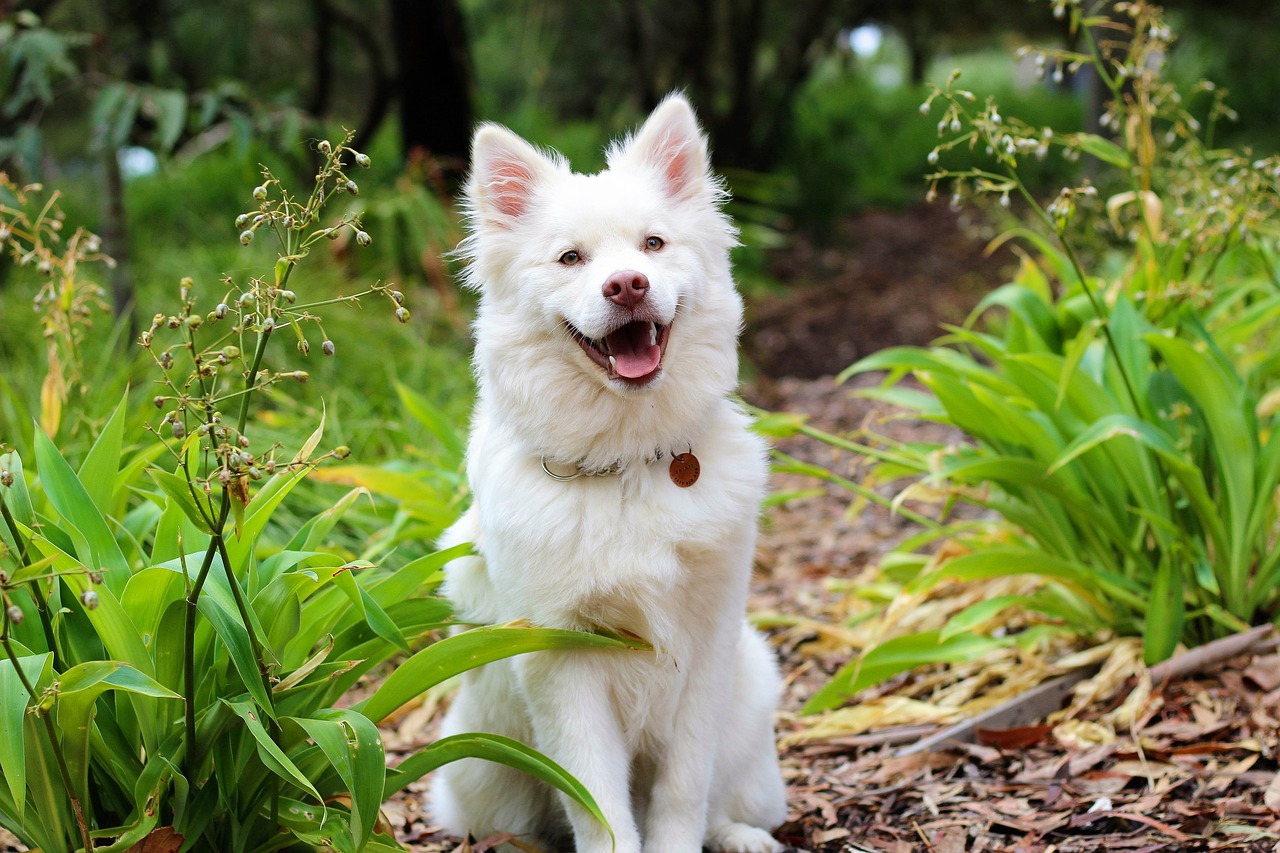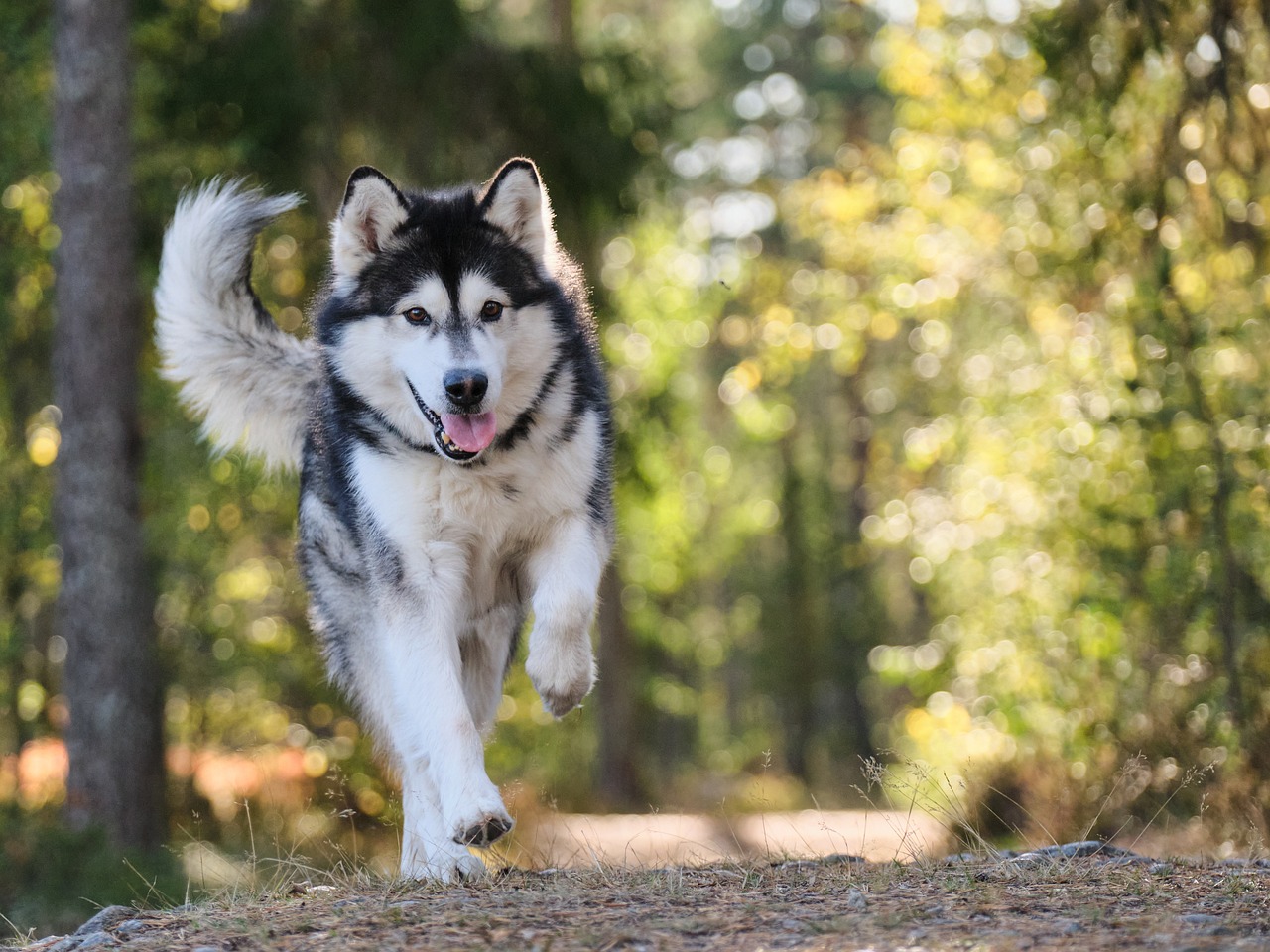Understanding how dogs perceive the world is a fascinating topic that has intrigued pet owners, scientists, and animal behaviorists alike. Unlike humans, dogs experience their surroundings through a unique combination of senses that offer them a distinct perspective on their environment. While humans primarily rely on sight, dogs use a more balanced mix of smell, hearing, sight, touch, and taste to navigate and interact with the world around them.
This multisensory approach allows dogs to detect subtleties and nuances that often go unnoticed by humans. Exploring how dogs perceive the world enhances our appreciation for these loyal companions and helps us create better living conditions and communication methods tailored to their sensory experiences.

Sight: How Dogs See Their Environment
Dogs see the world differently than humans, primarily due to differences in their visual system. Canine vision is adapted for low-light conditions, allowing them to see better at dawn and dusk. This is due to more rod cells in their retinas, which are sensitive to dim light and motion. Unlike humans, dogs have dichromatic vision, meaning they can only perceive two primary colors: blue and yellow. Colors such as red and green appear as shades of grey or brown. Additionally, dogs have a wider field of view but less depth perception and clarity of detail. This adaptation is beneficial for detecting movement, which is crucial for hunting and survival in the wild.
Uncover How Dogs View The World In Color
Smell: The Dominant Sense in Dogs
The sense of smell is the most dominant and developed in dogs, far surpassing human capabilities. Dogs have up to 300 million olfactory receptors in their noses, compared to about 6 million in humans. This extraordinary sense of smell allows dogs to detect minute scent particles and follow trails over long distances. Their olfactory bulb, the part of the brain responsible for processing smells, is significantly larger than their brain size. This enhanced sense of smell plays a vital role in how dogs perceive the world, influencing their behavior, communication, and interaction with their environment. From identifying other animals to recognizing human emotions, a dog’s sense of smell is their primary tool for understanding their surroundings.
Hearing: Understanding Canine Auditory Perception
Dogs have a remarkable sense of hearing that complements their keen sense of smell. They can hear frequencies ranging from 40 Hz to 60,000 Hz, compared to the human range of 20 Hz to 20,000 Hz. This means dogs can detect sounds too high-pitched for humans to hear. Additionally, dogs can pinpoint the source of a sound more accurately due to their ability to move their ears independently. This heightened auditory perception helps dogs detect potential threats, communicate with other dogs, and respond to human commands. Their hearing sensitivity also means they can be easily startled by loud noises, which is important to consider in their care and training.
Touch: How Dogs Experience the World Through Touch
The sense of touch is another critical way dogs perceive the world. Dogs use their whiskers, known as vibrissae, to detect environmental changes. These sensitive hairs are on their muzzle, above their eyes, and other face parts. They can detect subtle vibrations and air currents, helping dogs navigate their surroundings, especially in the dark. Additionally, dogs use touch to communicate and bond with their human companions and other dogs. Physical contact, such as petting or grooming, provides comfort and strengthens social bonds. Understanding the importance of touch in a dog’s perception helps pet owners interact more effectively and compassionately with their pets.
Taste: The Role of Taste in Dogs’ Lives
While not as developed as their other senses, a dog’s sense of taste still plays a significant role in their perception of the world. Dogs have around 1,700 taste buds, compared to humans’ 9,000. However, they strongly prefer certain tastes, such as meat and fats, crucial for their carnivorous diet. Dogs also use taste and smell to evaluate food and other objects. This sense helps them decide what is safe to eat and avoid. Understanding a dog’s taste preferences can help pet owners provide a more enjoyable and nutritionally appropriate diet for their pets.
Learn How To Train Your Dog’s Incredible Sense of Smell

Combining the Senses: How Dogs Integrate Sensory Information
Dogs integrate information from all their senses to form a cohesive understanding of their environment. This multisensory perception allows them to react to changes, communicate with other animals and humans, and navigate their surroundings efficiently. For example, a dog may use its sense of smell to identify a person or object, its hearing to detect movement or sound, and its vision to confirm what it has smelled or heard. This integrated sensory approach makes dogs highly adaptable and responsive to their environment, enhancing their ability to survive and thrive.
Find Out What Dogs Perceive Beyond Human Sight
Appreciating the Unique Way Dogs Perceive the World
Understanding how dogs perceive the world through their unique combination of senses enriches our relationship with these remarkable animals. By appreciating the differences in their sensory experiences, we can create more supportive and enriching environments for our canine companions. Recognizing their reliance on smell, hearing, sight, touch, and taste helps us communicate more effectively and provide better care tailored to their needs. This deeper understanding fosters a stronger bond between humans and dogs, allowing us to see the world through their eyes and appreciate their distinct perspectives.
 Toledo, United States.
Toledo, United States.
